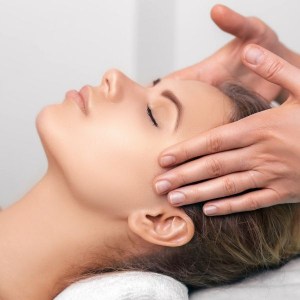Everyone enjoys basking in the warm sun during summertime, and although the sun may fell wonderful and make you look tanned, the sun can be very damaging to your skin.
Even after you have experienced sun damage, there are steps you can take to reverse your damaged skin and prevent further extensive sun damage.
There is no true way to prevent sun damage other than by completely staying away from the sun, but the next best thing is to liberally apply a sunscreen with an SPF of 30 or more to your skin every two hours and wear a hat, sunglasses, and long sleeves.
If your skin does begin to show signs of sun damage, make sure to apply ointments such as aloe that will moisturize and heal your skin.
Although too much exposure to the sun can become a bad thing, getting no sun is likewise bad for your skin. Your body needs a fair amount of vitamin D that the sun provides. Vitamin D from the sun is what gives your skin its healthy glow.
The tan that your body gets from the sun is actually your skin’s response to the heat. Your skin protects itself from the sun by becoming pigmented. Most damage to the skin of older adults originates from sunburns received as a child.
There are a few things that you can do to ensure healthy skin. One thing you can do is increase antioxidants by drinking green tea and taking vitamins C and E. Smoking is also very bad, because it causes your skin to become leathery and discolored. Those that smoke add a minimum of 10 years of age to the look of their skin.
For someone who wishes to undergo treatment for skin damage, topical applications would be the first approach. Items such as moisturizers and exfoliates usually deliver fast results to light skin damage. For those who are looking to get rid of brown sunspots, Erbium laser resurfacing works by using the water inside of damaged cells to reduce lines. Intense pulsating light therapy works to clear faces of red and brown spots. Those with severe damage and deep lines would do best with dermabrasion and chemical peels.
Make sure to protect your skin by always applying a generous amount of sunscreen to your body, and do your best to stay out of direct sunlight. By doing this you will ensure better all around health for your skin.
 According to new dermatology studies, there is a new method that uses a combination of soft dermal fillers and tissue tightening techniques that can practically rub out your wrinkles and renew old skin.
According to new dermatology studies, there is a new method that uses a combination of soft dermal fillers and tissue tightening techniques that can practically rub out your wrinkles and renew old skin. upper and lower lip may be treated at the same time or one may be treated alone. On the majority of sites where patients can discuss their cosmetic procedures only 50% of the women who have had lip augmentation were happy with the results. It is a simple procedure that can have great benefits, so why do so many people regret having it?
upper and lower lip may be treated at the same time or one may be treated alone. On the majority of sites where patients can discuss their cosmetic procedures only 50% of the women who have had lip augmentation were happy with the results. It is a simple procedure that can have great benefits, so why do so many people regret having it?






